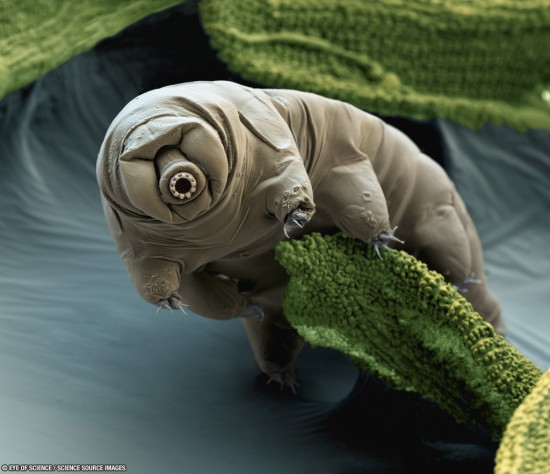Quake
The April 2015 Nepal earthquake (Nepali: विसं २०७२ को महाभूकम्प) (also known as the Gorkha earthquake) killed over 8,000 people and injured more than 21,000. It occurred at 11:56 Nepal Standard Time on 25 April, with a magnitude of 7.8Mw or 8.1Ms and a maximum Mercalli Intensity of IX (Violent). Its epicenter was east of Gorkha District at Barpak, Gorkha, and its hypocenter was at a depth of approximately 8.2 km (5.1 mi). It was the worst natural disaster to strike Nepal since the 1934 Nepal–Bihar earthquake.
The earthquake triggered an avalanche on Mount Everest, killing 21, making April 25, 2015 the deadliest day on the mountain in history. The earthquake triggered another huge avalanche in the Langtang valley, where 250 people were reported missing.

